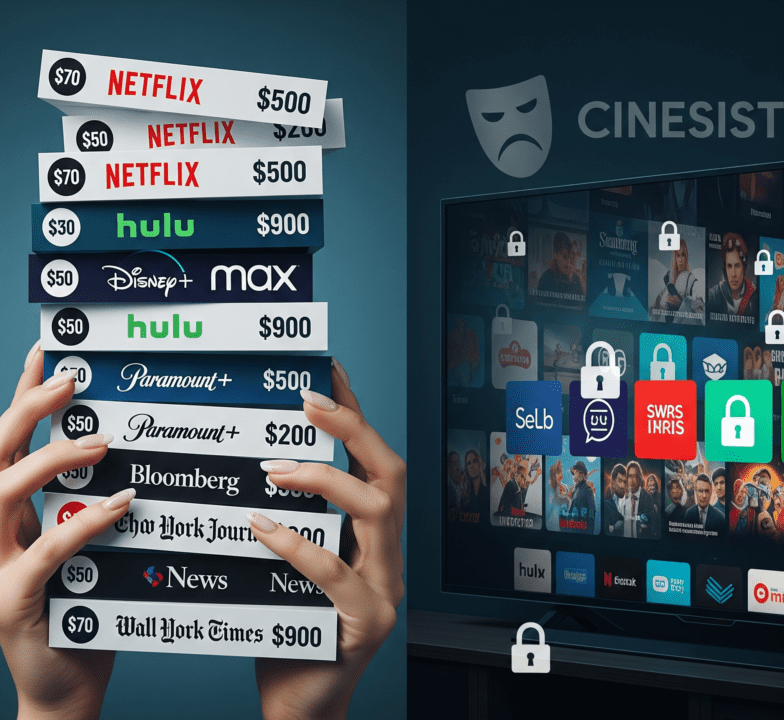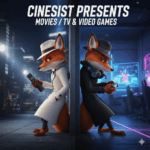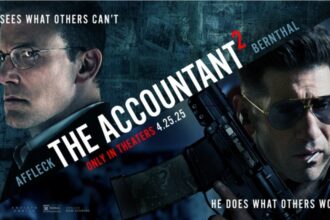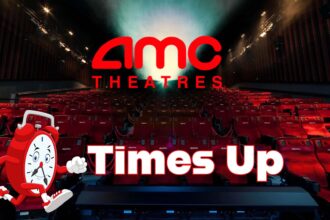Remember the whispered promises? Cut the cord, they said. Embrace digital freedom, they said. Pay only for what you want, they said. It was the dawn of the streaming era, a shimmering mirage of endless content for the price of a couple of lattes. We bought in, hook, line, and binge-watched. We envisioned a future free from the tyranny of bloated cable packages, where our entertainment was à la carte and our wallets could finally breathe.
- The Entertainment Extortion: Streaming’s Slow Creep (and the Return of the Ads)
- The Information Blackout: When News Hits a Paywall
- The User Experience: Drowning in Subscriptions & Decision Fatigue
- The Financial Drain: Your “Freedom” Just Got You a New Cable Bill
- Conclusion: The Golden Age’s Grand Finale (and Your Wallet’s Last Gasp)
Turns out, that “Golden Age” is looking less like Fort Knox and more like someone took the same old copper turd of cable television, gave it a quick polish with some HD sheen and exclusive content, and tried to sell it back to us as something revolutionary. Surprise! It still smells like… well, you get the picture. Our streaming bills are the new cable bills, a sprawling list of must-have subscriptions that collectively drain our bank accounts just as efficiently as that old coaxial cable ever did. And to add insult to injury, even the pursuit of knowledge – the simple act of reading the damn news – now comes with its own set of digital velvet ropes and “subscribe to unlock” demands.
Welcome back to the gilded cage, folks. Only this time, the bars are made of paywalls, and the entertainment is just as fragmented and expensive as it ever was. Let’s talk about how we got here, and why this “Golden Age” feels more like we’ve been sold a slightly shinier version of the same old… well, you know.
The Entertainment Extortion: Streaming’s Slow Creep (and the Return of the Ads)
We bought into the dream, didn’t we? The glorious, ad-free nirvana where our binge sessions flowed uninterrupted, a seamless journey from episode to episode. It was a core tenet of the “cut the cord” gospel, a sacred promise whispered by every shiny new streaming service that popped up. “No more commercials!” they chirped, as we eagerly handed over our credit card details.
Fast forward to today, and that promise feels as hollow as a sitcom laugh track. The return of advertisements, often for a “lower-priced” tier that still costs too much, is a slap in the face. But it’s worse than that. It’s the placement. It’s the frequency. It’s the sheer, unadulterated audacity of being interrupted mid-dialogue, mid-climax, mid-anything important, to be screamed at by a car commercial.
My friend and I just threw in the towel on a show because of this exact digital torture. We were trying to watch Snow (a title that now ironically evokes a blizzard of unwanted advertising), and it quickly became less about the gritty drama and more about enduring an endless cycle of sales pitches. It felt like every five minutes, the episode was rudely paused for a commercial break, making the experience more ad than actual episode. This isn’t entertainment; it’s an endurance test sponsored by brands I’m now actively avoiding. This isn’t the “golden age”; it’s just the old cable model, but now you’re paying more for the privilege of being interrupted.
The Information Blackout: When News Hits a Paywall
As if navigating the ever-expanding labyrinth of entertainment subscriptions wasn’t enough to induce a critical meltdown, the “pay-to-play” model has insidious tentacles reaching into an even more fundamental aspect of our digital lives: information. Remember when the internet promised a democratized access to knowledge? A world where staying informed was just a click away? That vision, too, has been rudely interrupted by the digital equivalent of a velvet rope, complete with a stern-faced bouncer demanding your credit card.
The irony is as thick as a blockbuster sequel nobody asked for. We embraced the digital realm to escape the bundled tyranny of cable news, only to find ourselves facing a similar, if not more frustrating, dilemma. Now, if you want in-depth analysis from reputable sources, you’re expected to shell out. You click on a crucial article from The Wall Street Journal, The New York Times, The Washington Post, The Economist, or even Bloomberg, and what do you get? A tantalizing headline, a paragraph or two, and then—BAM!—a pop-up demanding your subscription fee. It’s a digital shakedown, forcing you to choose between being fully informed and watching your budget bleed out.
This isn’t just about inconvenience; it’s about the fundamental erosion of freely accessible, high-quality journalism. It fragments our understanding of the world, creating information haves and have-nots, and ironically, pushing some towards less reputable sources simply because they’re “free.” The golden age of streaming was a lie, and now the golden age of information feels like it’s being held hostage behind a growing number of digital toll booths.
The User Experience: Drowning in Subscriptions & Decision Fatigue
If the financial drain isn’t enough, the sheer mental gymnastics required to navigate this fragmented landscape is exhausting. Remember the simple days of hitting “Play” on a single service? Now, your smart TV’s home screen is a graveyard of icons: Netflix, Disney+, Hulu, HBO Max (or whatever they call it this week), Paramount+, Peacock, Amazon Prime Video… and don’t forget the niche ones, the sports ones, the regional ones. You thought you liked options? So did I, until “options” became “anxiety.”
This barrage of apps leads directly to the dreaded decision paralysis. You sit down, ready for a night of relaxation, only to spend twenty minutes endlessly scrolling through identical-looking tiles, trying to remember if that one show you heard about is on the “Netflix-but-only-if-you-pay-more” tier or the “Hulu-but-only-if-you-also-have-Disney+” bundle. And God forbid you actually find something, only to realize it moved platforms last month. The content merry-go-round ensures you’re never truly settled, always one subscription away from missing out, or one forgotten password away from digital purgatory.
My wife, Jen, and I were just talking about this last night. We have almost all of them – Netflix, Disney+, Hulu, HBO Max, Paramount+ – you name it. The outliers like Apple TV are basically the only ones we don’t have, and even then, it feels like we’re being strong-armed into yet another monthly fee for a single show or movie. It’s not about convenience anymore; it’s about being held hostage by exclusive content, constantly evaluating whether that one highly-rated series is worth another $10-$15 added to the ever-ballooning digital “cable bill.” This isn’t freedom; it’s a shakedown, demanding more of our mental bandwidth and our actual cash for a supposedly “streamlined” experience.
The Financial Drain: Your “Freedom” Just Got You a New Cable Bill
Let’s strip away the glossy marketing, the convenience narratives, and the promise of a la carte choices, and look at the bottom line: your bank account. That initial allure of paying “$8 a month for Netflix” quickly snowballed into a monstrous aggregate. You sign up for one, then realize your favorite movie is on another, then a must-watch series pops up exclusively on a third. Suddenly, you’re juggling a digital portfolio of subscriptions that, when tallied, makes that old cable bill look almost quaint.
Consider a conservative, stripped-down scenario for the average binge-watcher trying to stay somewhat current:
- Netflix (Standard with Ads): ~$7.00 – $15.00/month (depending on tier)
- Hulu (Basic with Ads): ~$8.00 – $18.00/month (depending on tier, with/without live TV)
- Disney+ (Basic with Ads): ~$8.00 – $14.00/month (depending on tier)
- Max (formerly HBO Max, with Ads): ~$10.00 – $16.00/month (depending on tier)
- Paramount+ (Essential with Ads): ~$6.00 – $12.00/month (depending on tier)
- Amazon Prime Video: (Comes with Prime, but effectively adds) ~$15.00/month for Prime, or individual rentals/purchases for new releases.
- Peacock (Premium with Ads): ~$6.00/month
Even if you pick the cheapest ad-supported tiers for just these major players, you’re looking at a monthly outlay that rapidly approaches, if not exceeds, what many used to pay for a basic cable package. Add in the cost of news subscriptions like The Wall Street Journal (around $40/month or more), The New York Times (around $17/month), or The Economist (around $20/month), and your “digital freedom” bill quickly becomes an astronomical sum.
This isn’t a cost-saving measure; it’s a shell game designed to extract maximum value from your entertainment budget, piece by agonizing piece. The “golden age” wasn’t about saving money; it was about shifting where your money goes, from one massive bill to a dozen smaller, equally relentless ones.
Conclusion: The Golden Age’s Grand Finale (and Your Wallet’s Last Gasp)
So, here we are. The “Golden Age of Streaming,” once heralded as our liberation from the cable overlords, has officially concluded its disappointing run. What began as a promise of boundless, ad-free, à la carte entertainment has devolved into a fragmented, ad-riddled, increasingly expensive, and mentally exhausting digital labyrinth. We’ve traded one consolidated, high-priced bill for a dozen smaller, equally relentless ones. We’re paying more, juggling more apps, suffering more interruptions, and even sacrificing access to crucial news—all in the name of “choice.” This isn’t freedom; it’s a meticulously crafted financial trap, a digital shakedown designed to extract every last cent from your entertainment and information budget.
Consider this your official Cinesist Warning ⚠️: The only thing truly “streaming” freely now is your money, flowing directly into the coffers of media conglomerates who seem intent on recreating the very system we so enthusiastically abandoned. They’ve polished the turd, alright, but it’s still a turd. A very, very expensive turd.
The Cinesist Verdict is in: The “Golden Age of Streaming” was a grand illusion, a marketing masterpiece built on the shifting sands of consumer optimism. It’s not a golden age; it’s a copper age, and that copper is rapidly oxidizing into rust.
So, what’s a discerning, budget-conscious content consumer to do? Are we doomed to an eternity of subscription management spreadsheets and existential dread every time a new “must-have” show drops? Do we simply throw up our hands, surrender to the inevitable, and start saving pennies for that all-encompassing super-bundle that looks suspiciously like… basic cable? The sad truth is, until something truly disruptive emerges (and doesn’t immediately get bought out and assimilated), your best bet might be to pick your battles, share passwords responsibly (don’t tell anyone we said that), and maybe, just maybe, learn to love the library again.
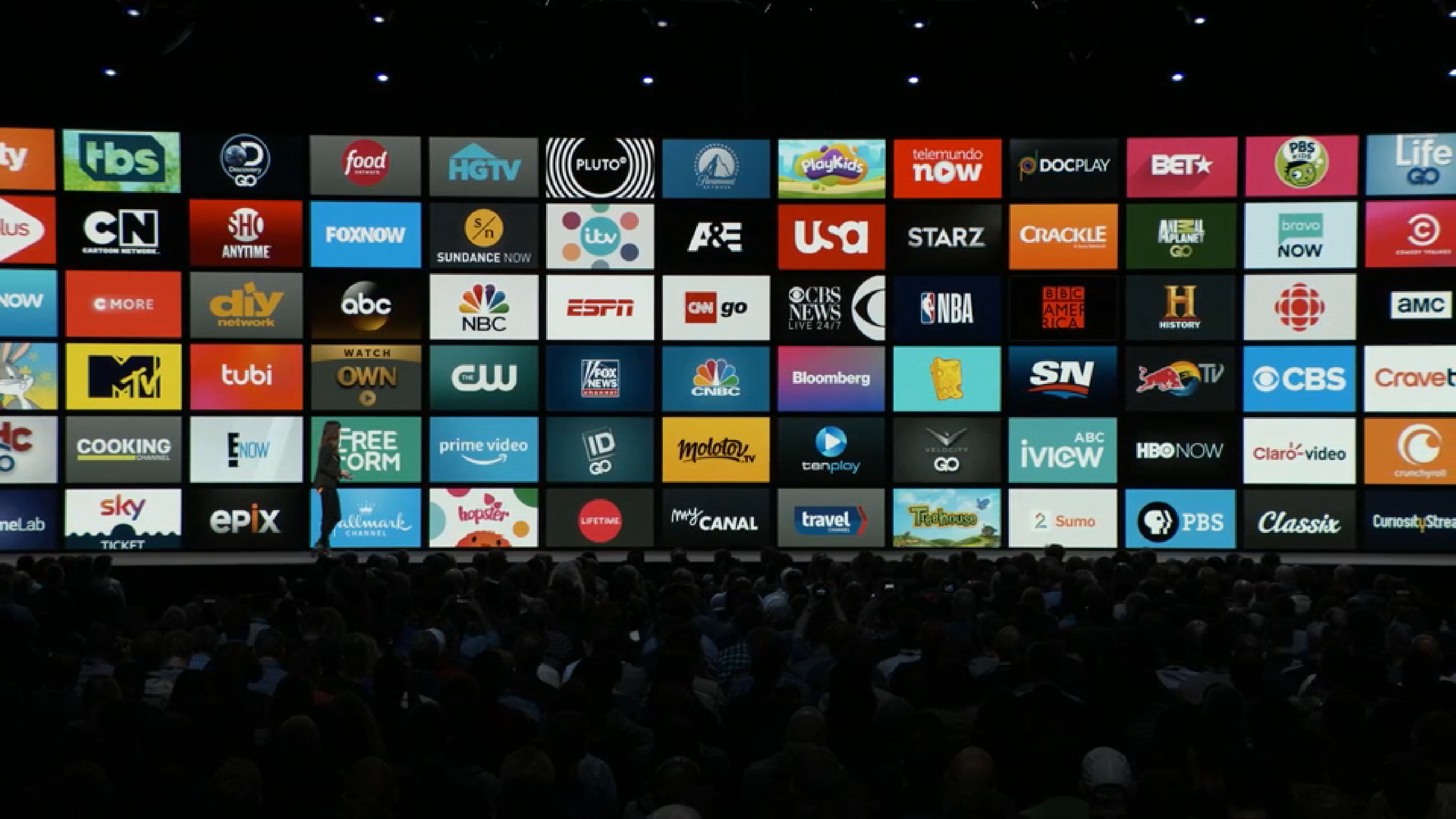
Because when the “Golden Age” costs this much, Cinesist 🎭🍿 is officially cutting the cord… on our patience. 🎤


